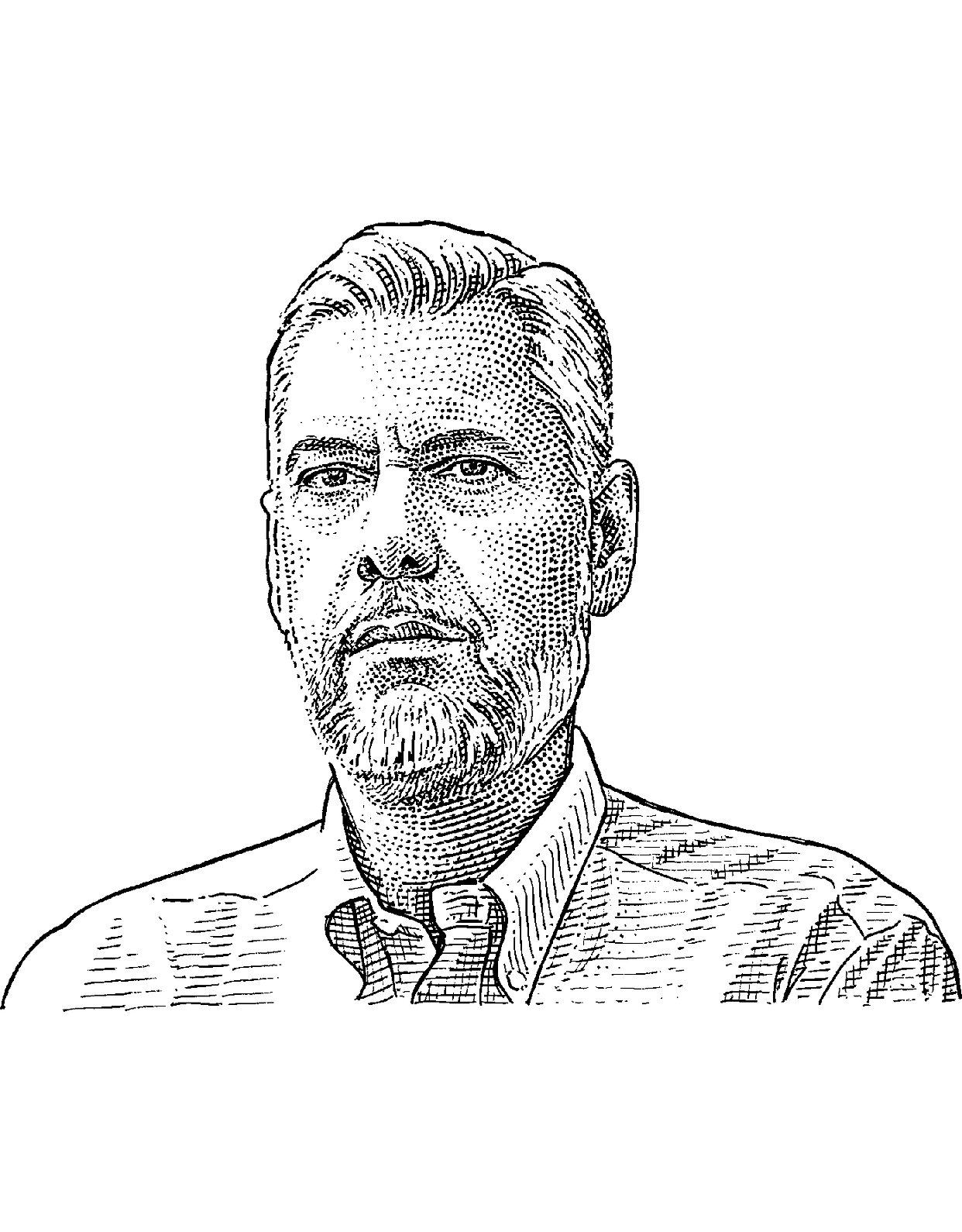Major U.S. wireless carriers have long touted the benefits of fifth-generation wireless networks, claiming faster speeds and reduced latency. But less attention has been paid to the environmental costs.
Demand for digital communications has grown more than ever during the pandemic, and that is predicted to continue or increase as remote work becomes a more regular part of the workplace.
The information and communications technology industry is responsible for about 3% to 4% of global carbon-dioxide emissions, and telecommunications operators alone are responsible for about 1.6%, according to consulting firm Boston Consulting Group. Meanwhile, global data traffic is estimated to increase by about 60% a year—and handling all that traffic means the telecommunications industry will be producing much higher emissions. By 2040, the industry could account for up to 14% of global emissions, Boston Consulting says.
While 5G networks can be more energy efficient at transferring data—up to 90% more efficient per unit of data transferred than their 4G predecessors, a study by STL Partners and Vertiv found—5G can also sap more energy over its life cycle because it will drive the increased use of data centers and 5G-enabled technologies and products. Proponents of 5G’s sustainability say the technology will enable better tracking so that energy usage can be monitored and reduced, thereby making technologies “greener.”
We asked three experts to weigh in on the environmental merits of the technology: Louise Schreiber, a senior sustainability analyst at investment firm Mirova; Enrique Dans, a professor at the IE Business School who focuses on technology and innovation; and Darrell West, a vice president and director of governance studies at the think tank Brookings Institution who examines topics such as artificial intelligence, robotics and the future of work.
Here are edited excerpts of the discussion.
The impact of infrastructure
WSJ: Building a new network will require more equipment and increased reliance on data centers compared with previous wireless technologies. Can you build infrastructure to support 5G networks sustainably?

Enrique Dans
MS. SCHREIBER: In cities, 5G will be focused on bringing speed and capacity for new applications and rising demand. This requires the installation of a much greater number of small antennas to secure proper propagation. In that sense, the sustainable deployment of 5G should address a number of difficult challenges. Whether it is at the mining and refining phase of minerals or the manufacturing phase of the electronic equipment, sustainability risks are severe and numerous.
In addition, 5G companies need to ensure the proper management of electronic waste and infrastructure’s energy efficiency and coverage by renewable energy sources. The challenges remain real and some solutions such as the circular economy of electronics’ minerals are still virtually nonexistent, but it is possible and absolutely necessary that companies map, mitigate and report on progress delivered on all these risks.
MR. DANS: When we go toward 5G, we need to deploy many more cells because the millimeter waves can only travel a short distance. So, we need a higher number of small cell towers. When you deploy more cells, the total energy consumption of the network will grow. However, the energy consumption of a small cell is much lower than in a conventional cell. So, energy efficient efficiency may improve over time.

Louise Schreiber
Second, spatial multiplexing [when multiple antennas carry multiple data streams on the same frequency band at the same time] reduces energy consumption because it divides it up among the different number of concurrent users.
MR. WEST: One of the virtues of a 5G world is there’s going to be a proliferation of remote sensors. We’re going to have much better data on the environmental consequences than we’ve ever had before. You can look to see how various parts of the 5G infrastructure are affecting the environment, air quality, water quality, electrical usage, and design the most efficient system possible with real-time data.
Pros and cons
WSJ: Does the energy efficiency of 5G help it offset some of the environmental effects?
MS. SCHREIBER: It is energy efficient in the sense that for one unit of data, you need less electricity consumption. But you can see it both ways. It’s either I need less units of energy to transfer a unit of data, or for one unit of energy, I can handle more units of data. It’s like your smartphone. Your new smartphone is much more energy efficient. But in the end, you will charge it as many times as you used to because you will just be using it more. Energy efficiency sounds like energy reduction, but it’s not.
MR. DANS: With 5G and with much more complex networks, optimization of the network load becomes much easier. It gives you more degrees of freedom. You can orient transmission equipment to cover the areas where normally people are using their devices and save energy by not deploying them in the places where there are no devices. Another interesting feature of the 5G network which makes them less energy demanding is that they can be put in so-called sleep mode. When there are no active users in a node, the base station goes to sleep and is not consuming any energy at that moment. Network facilities that can house routers and servers, and the software that controls the networks, can be optimized, too.
MR. WEST: It could be energy efficient if we designed it properly, because we will have the tools to monitor energy utilization and design the most energy-efficient systems. But whether we can actually achieve that depends on the implementation. We’re going to have to be cognizant of taking full advantage of the tools that exist and deploy them to their full capabilities.
WSJ: With the faster speeds and lower latency, the shift to 5G could drive total network energy consumption up by 150% to 170% by 2026, according to Vertiv. Do you think it’s possible to address the energy-consumption aspect of it?
MR. WEST: If we design systems in the same way that we do now, 5G is going to require more energy. But it doesn’t have to be that way. If we have real-time analytics on the data centers and how much electricity they’re using, then we can figure out ways to do things in off-peak times or to shift the energy load around in more efficient ways.
MS. SCHREIBER: I’m not sure they will be able to do so. The energy consumption that’s linked to telecommunications in general is linked to how people use their devices and how media providers are acting. We’re seeing that around 80% of data is linked to videos. It’s linked to how advertisement companies in social media have developed video advertising. It’s on autoplay. That’s a huge additional environmental footprint for virtually nothing that’s actually useful.
MR. DANS: At some point, we thought that the massive data centers that are being deployed all over the place would be a problem for the environment. We see now that the companies that are deploying these data centers are very sensitive to energy consumption because it becomes such a big part of their operational costs. They are decarbonizing, they are investing, they are covering the data centers with solar panels, they are committing to buying from sustainable sources. The toll on the environment has not been that important, and the benefits in terms of services we have now, we couldn’t even think about a decade ago.
WSJ: So in the end, is 5G bad for the environment?
MS. SCHREIBER: Is 5G going to solve climate change? No. Can 5G be developed as responsibly as possible? Yes. Whenever it becomes a huge and key enabler of smart agriculture, smart cities, smart mobilities and much more, I can see the actual benefits materialize because it will be so widespread and global that the benefits are bigger than the costs. But right now we’re seeing the environmental cost. It will enable people and companies to consume irresponsibly.
MR. DANS: It’s not that much when we compare it with the benefits we obtain. The moment you start connecting everything, you can create much more efficient logistics, you can create a lot of devices that manage themselves much better. Imagine, for instance, that we use the towers to place little meteorological stations, and we have that connected in real time and with no latency. We could obtain the perfect network all over the world monitoring climate phenomenon. That would be amazing in terms of predicting a much more unstable environment.
MR. WEST: It doesn’t have to be bad for the environment. If humans make the right choices, we can end up in a sustainable 5G world. But the onus is on decision makers to build the networks in ways that are sustainable.
Ms. Chin is a reporter for The Wall Street Journal in New York. She can be reached at [email protected].
Copyright ©2021 Dow Jones & Company, Inc. All Rights Reserved. 87990cbe856818d5eddac44c7b1cdeb8








